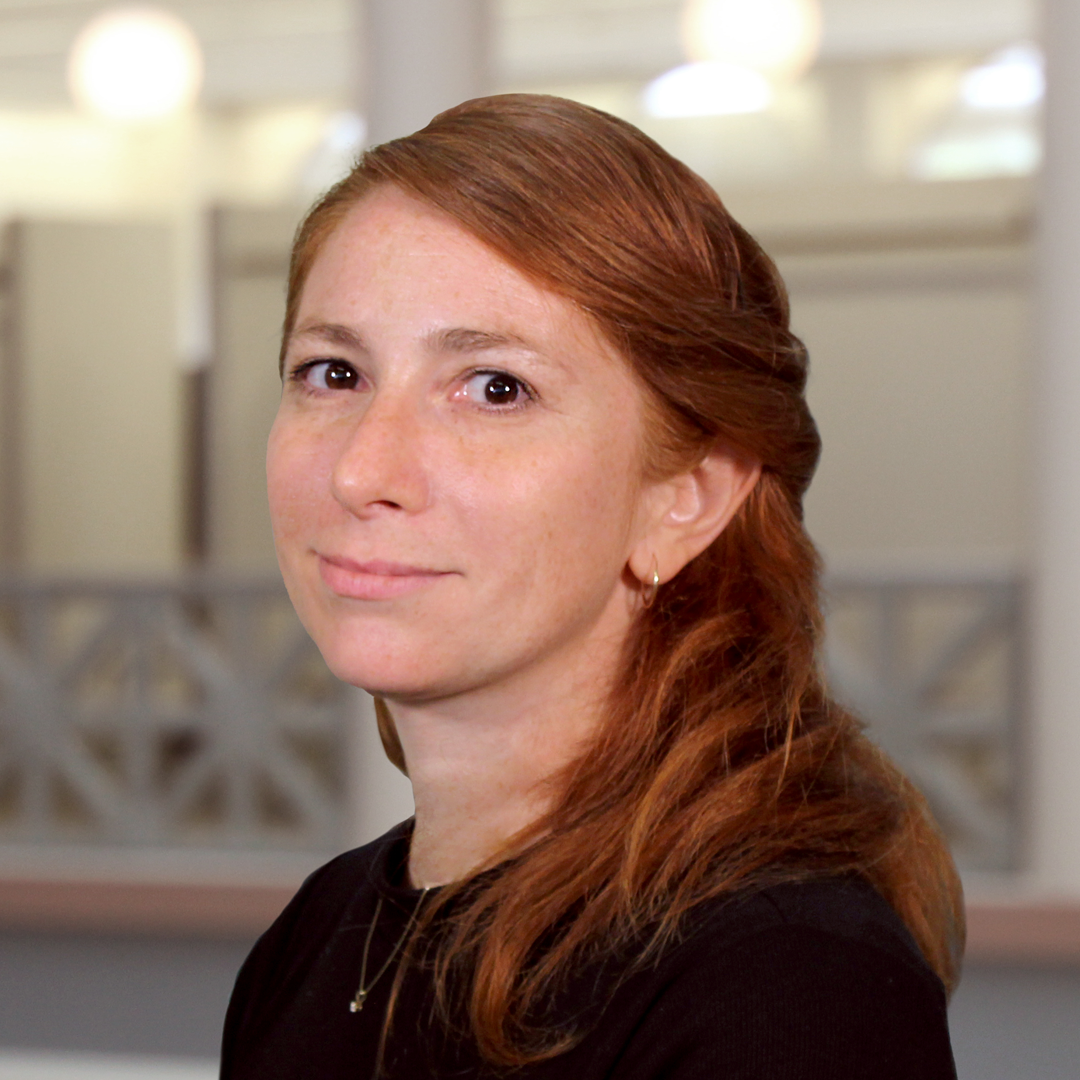- 02/14/2023 01:00:00 AMHines College Professor Awarded SOM Foundation Research PrizeDalia Munenzon explores heat resiliency strategies for vulnerable communitiesDalia Munenzon explores heat resiliency strategies for vulnerable communitiesStephen Schad713-743-2539


